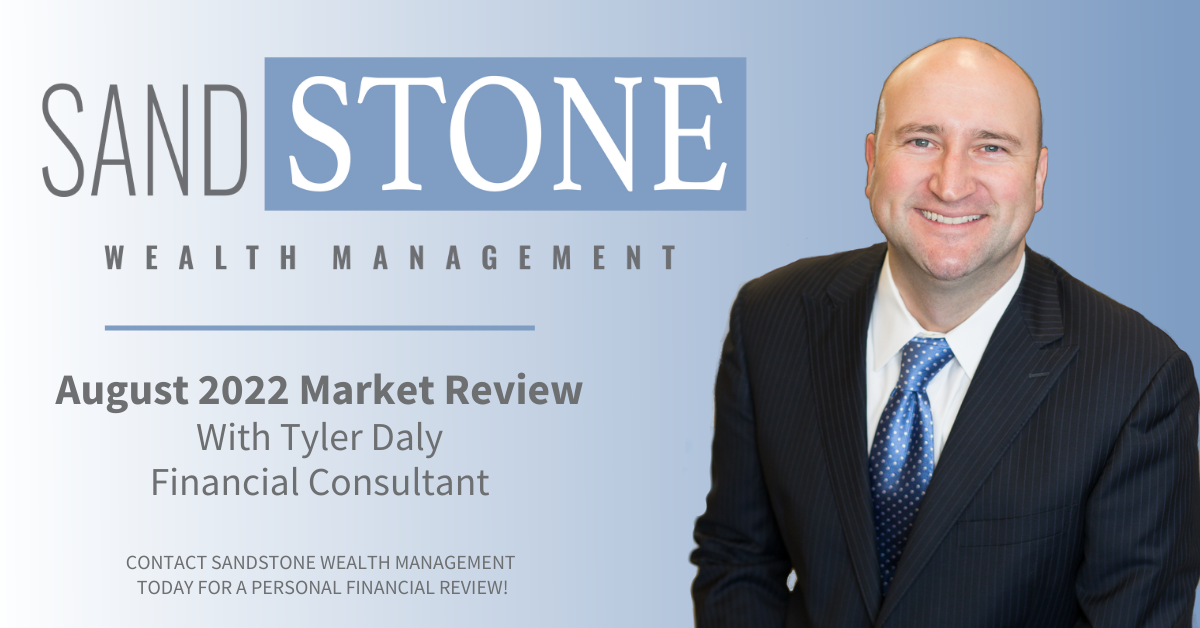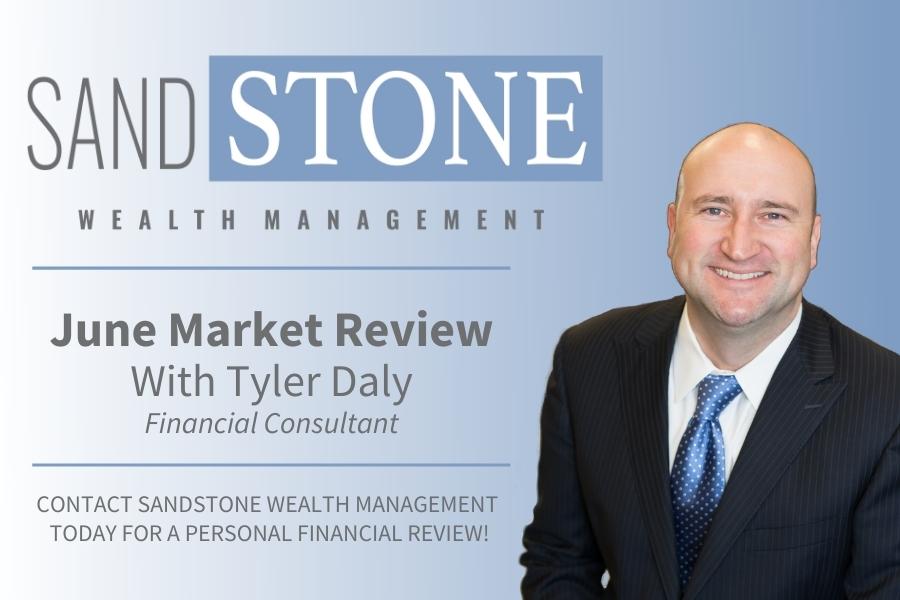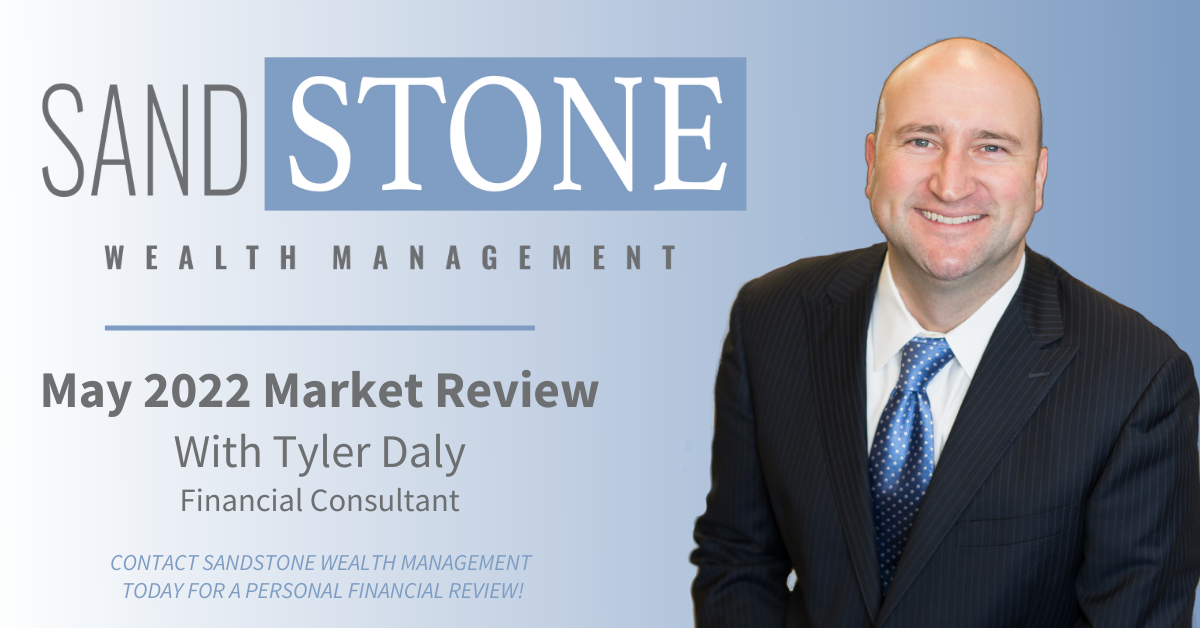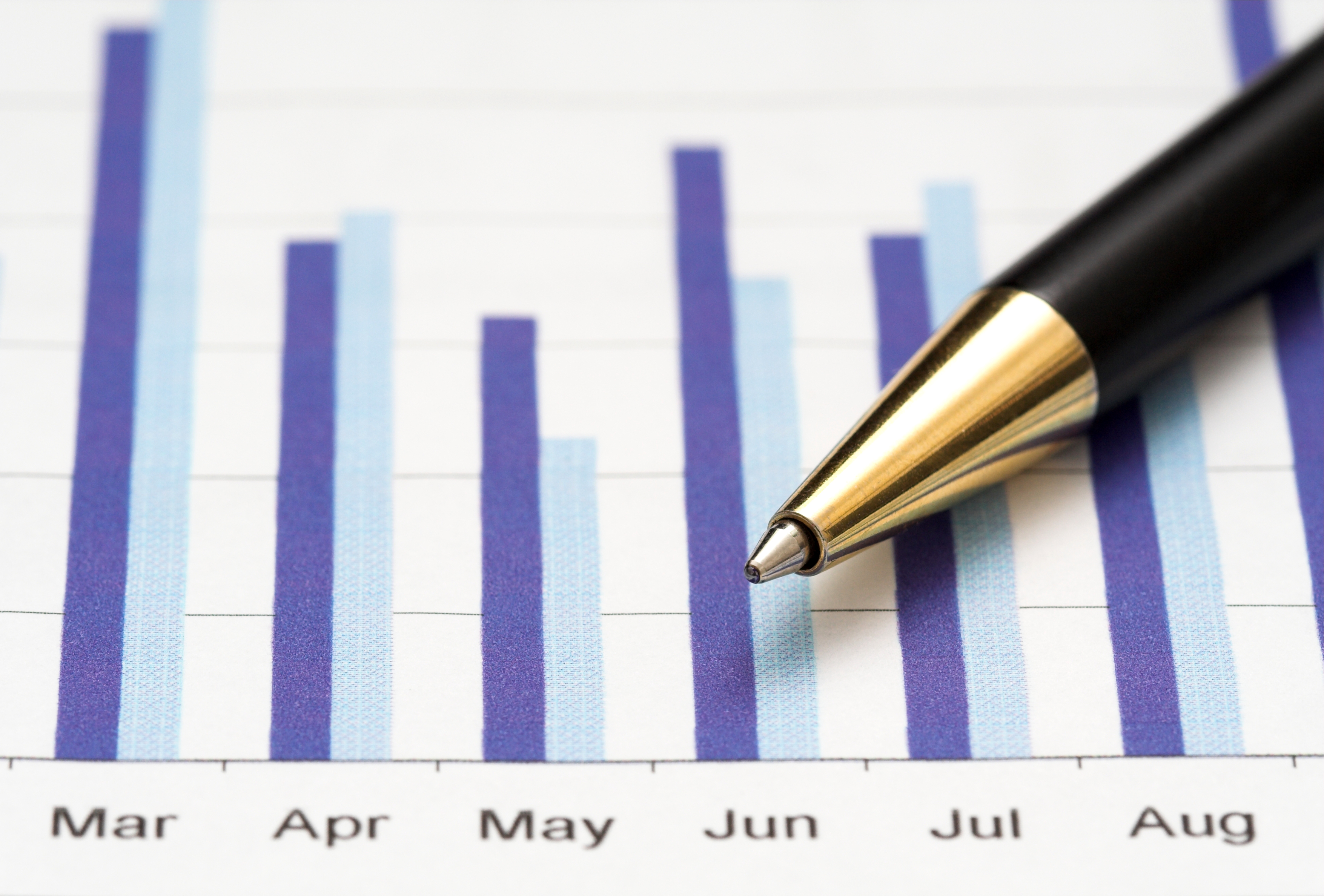 The U.S. economy contracted 9.5% through the second quarter, the worst single-quarter decline in gross domestic product (GDP) since the Commerce Department started tracking it in 1947. It was expected the report would show a dip, but it’s important to recognize what that dip represents. It does not indicate the economy’s current trajectory, just the most stringent period of pandemic lockdown.
The U.S. economy contracted 9.5% through the second quarter, the worst single-quarter decline in gross domestic product (GDP) since the Commerce Department started tracking it in 1947. It was expected the report would show a dip, but it’s important to recognize what that dip represents. It does not indicate the economy’s current trajectory, just the most stringent period of pandemic lockdown.
“GDP is a backward-looking number, and we expect to see a sharp rebound in the third quarter despite recent upticks in COVID-19 cases slowing economic momentum,” says Raymond James Chief Investment Officer Larry Adam.
Potential tailwinds for a stronger third quarter include U.S. Federal Reserve support (with a commitment to keeping interest rates low until at least 2022), leading vaccine candidates reaching the third phase of trials, and the expectation that Congress will pass a new round of fiscal stimulus. Auto sales have bounced back and consumer spending has risen, Raymond James Chief Economist Scott Brown noted, but as Federal Reserve Chairman Jerome Powell said, the shape of the recovery will be dictated by the coronavirus, efforts to contain it and the degree of government support.
“The Federal Reserve will do its part, keeping short-term interest rates low and ensuring the financial system has adequate liquidity, but the economy will not fully recover until we get a vaccine or an effective treatment,” Brown says. “Ongoing fiscal support will be needed to support those hardest hit.”
On that front, congressional and White House negotiations continue. Between the Senate’s $1 trillion opening position and the House’s $3 trillion package, “We expect it will settle on a package of around $1.5 trillion to $2 trillion to support spending, employment and the pandemic response,” said Ed Mills, Washington policy analyst. The fate of unemployment insurance and the effect of adjustments on consumer spending will be closely watched. A second round of small business loans will provide critical assistance to small businesses and prevent an uptick in unemployment.
Through July, the S&P 500 and NASDAQ Composite indices saw steady gains, with NASDAQ outperforming the S&P 500 – the 10th month in a row the more tech-focused index saw greater returns.
|
12/31/19 Close |
7/31/20 Close |
Change |
% Gain/Loss Year to Date |
|
|
DJIA |
28,538.44 |
26,428.32 |
-2,110.12 |
-7.39% |
|
NASDAQ |
8,972.61 |
10,745.27 |
+1,772.66 |
+19.76% |
|
S&P 500 |
3,230.78 |
3,271.12 |
+40.34 |
+1.25% |
|
MSCI EAFE |
2,036.96 |
1,820.21 |
-216.75 |
-10.64% |
|
Russell 2000 |
1,668.47 |
1,480.43 |
-188.04 |
-11.27% |
|
Bloomberg Barclays Aggregate Bond |
2,225.00 |
2,396.78 |
+171.78 |
+7.72% |
|
Performance reflects price returns as of market close on July 31, 2020.
We’re looking at a number of ongoing developments as we enter into August, both here and abroad. |
Economy
- Rising COVID-19 cases and weekly claims for unemployment benefits remain at high levels, which could be significant headwinds for recovery, Chief Economist Scott Brown said.
- GDP fell sharply in 2Q20. Weakness was widespread, but especially pronounced in consumer services, transportation equipment and energy exploration.
- Consumer spending figures for May and June showed a sharp, but partial rebound, but the future patch will depend on the virus, efforts to contain it and the amount of fiscal support.
Equities
- Positive S&P 500 performance is masking pressures below the surface, since about half of the index’s companies are technology or health care, two sectors well positioned for the pandemic environment. Looking outside the index, 40% of all stocks are down over 20% from their 52-week high points.
- Recent stock performance is split along other lines as well, said Joey Madere, senior portfolio analyst, Equity Portfolio & Technical Strategy. “Large stocks are dominating small ones, growth is dominating value, and non-dividend payers are dominating dividend payers.”
- “We continue to stick with the sectors best positioned for this environment – tech, health care, communications services – along with consumer discretionary because of pockets of strength with e-commerce and the effect of government stimulus boosting consumer spending,” Madere said.
- Energy companies are keeping a close eye on the elections, notes Pavel Molchanov, equity research analyst. Presumptive Democratic presidential nominee Joe Biden has pledged to invest $2 trillion over four years to transition toward low-carbon energy and also enact a strict timeline for nationwide carbon reduction, which could be a tough sell, even with a Democratic Senate. However, presidents have more leeway on regulatory matters that don’t require congressional support.
- Second-quarter corporate earnings season surprised on the upside, with aggregate results 11.5% above estimates, and well above the five-year average of 4.7%. Industrials and health care are taking the lead here.
International
- A number of major global currencies gained value against the U.S. dollar in July, including the euro, British pound, Japanese yen and Chinese yuan.
- The continuation of suppressed coronavirus cases in Asia and across Europe manifested in firmer near-term economic indicators for the regions, providing some hope for recovery, European Strategist Chris Bailey said.
- There are growing concerns about new legislation impacting Hong Kong’s relationship with mainland China. The U.K. has followed the U.S.’s lead in blocking major Chinese suppliers from participating in 5G wireless network buildouts. Other nations have shown reluctance in following this lead.
Fixed Income
- The bond market seems to be taking very little direction based on economic data, as it has been driven primarily by central bank policy, said Doug Drabik, managing director for fixed-income research.
- State and local government revenues are far behind budgets, but spending has remained largely where it was at the beginning of the year, Chief Fixed Income Strategist Kevin Giddis said. Municipal bond buyers will be paying special attention to see if states and municipalities are included in the next federal stimulus package.
- Investment-grade BBB-rated corporate bond spreads narrowed again for the third consecutive month. Demand for high-quality corporate bonds remains strong.
- High-yield spreads have also narrowed, in part due to demand and continued investor pursuit of any kind of yield, Drabik said.
Bottom line
- We believe the positives of global stimulus and low rates outweigh the potential negatives, Madere said. Though we expect volatility, moments of market weakness should be seen as an opportunity.
- There is reason to be watchful, but strong corporate earnings, positive vaccine news and a commitment from policymakers should alleviate broader concerns.
- Currently, the markets will be watching stimulus package developments in Washington closely, but after that, attention will likely turn to the November elections as candidates reveal policy plans.
As life continues despite seemingly massive challenges, I hope you are finding moments of joy, and that you and your families are experiencing good health and wellness. As always, I encourage you to reach out if you have any questions about the markets, your financial plan or anything else. Thank you for your continued trust.

Tyler has been in the financial services industry since 2004 and with Sandstone Wealth Management and Heartland Bank since 2009. He is Series 7, 66 and Insurance licensed to assist his clients with all their investing, financial planning, and insurance needs. Tyler was recently named to the Forbes List of America's Top Next-Generation Wealth Advisor, which recognizes advisors from national, regional, and independent firms. Tyler graduated from the University of Nebraska-Lincoln with a Bachelor’s Degree in Diversified Agriculture and was born and raised in the Nebraska Sandhills. This gives him an intimate knowledge and understanding of his farming and ranching clients. Tyler is married to Rachel, who earned her Doctorate of Pharmacy from the University of Nebraska. They have two children, Camilla and Cooper. Away from business, he enjoys officiating high school basketball in the winter as well as golfing and team roping in the summer.


.png)

.jpg)

.jpg)

.png)



